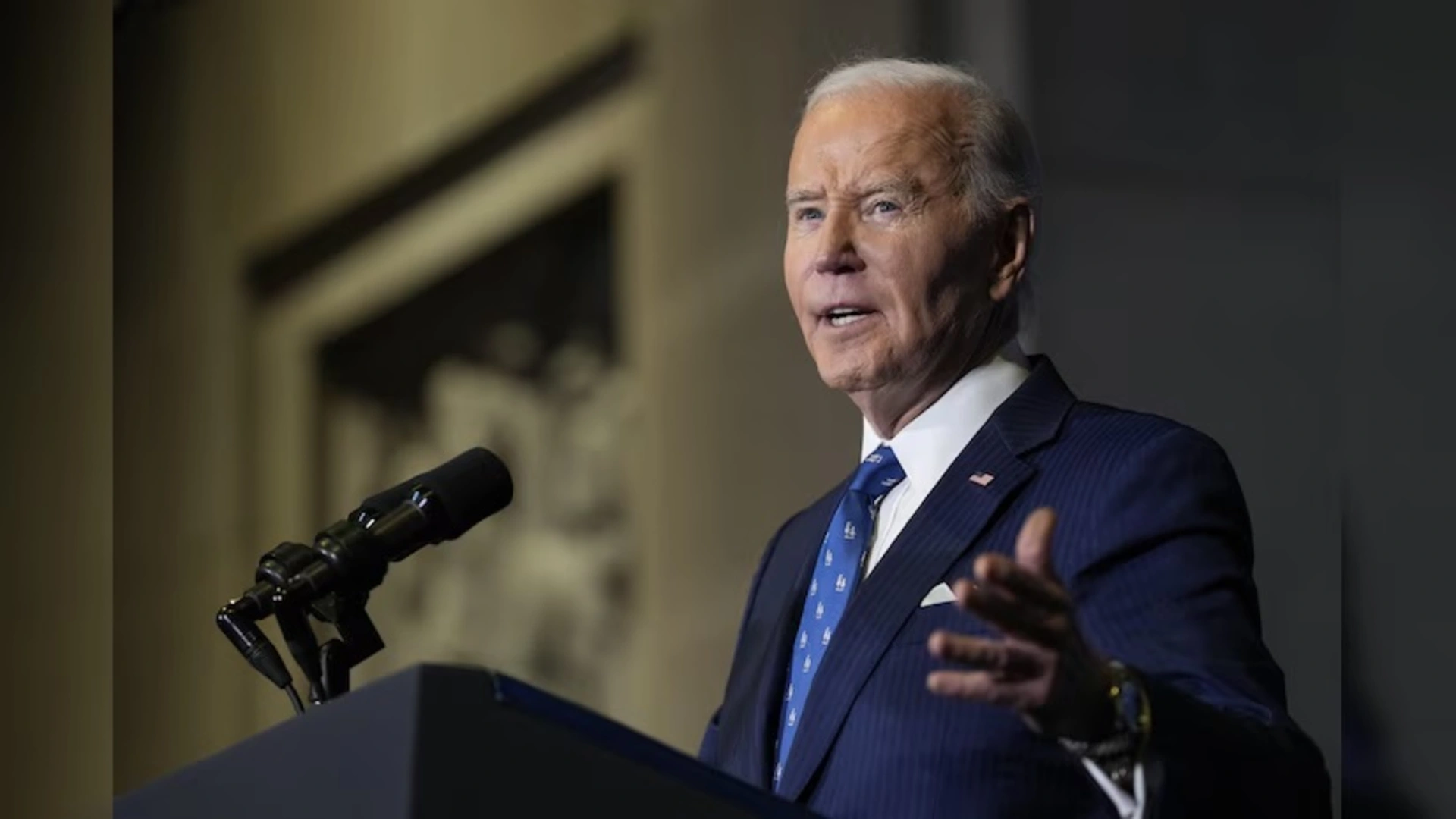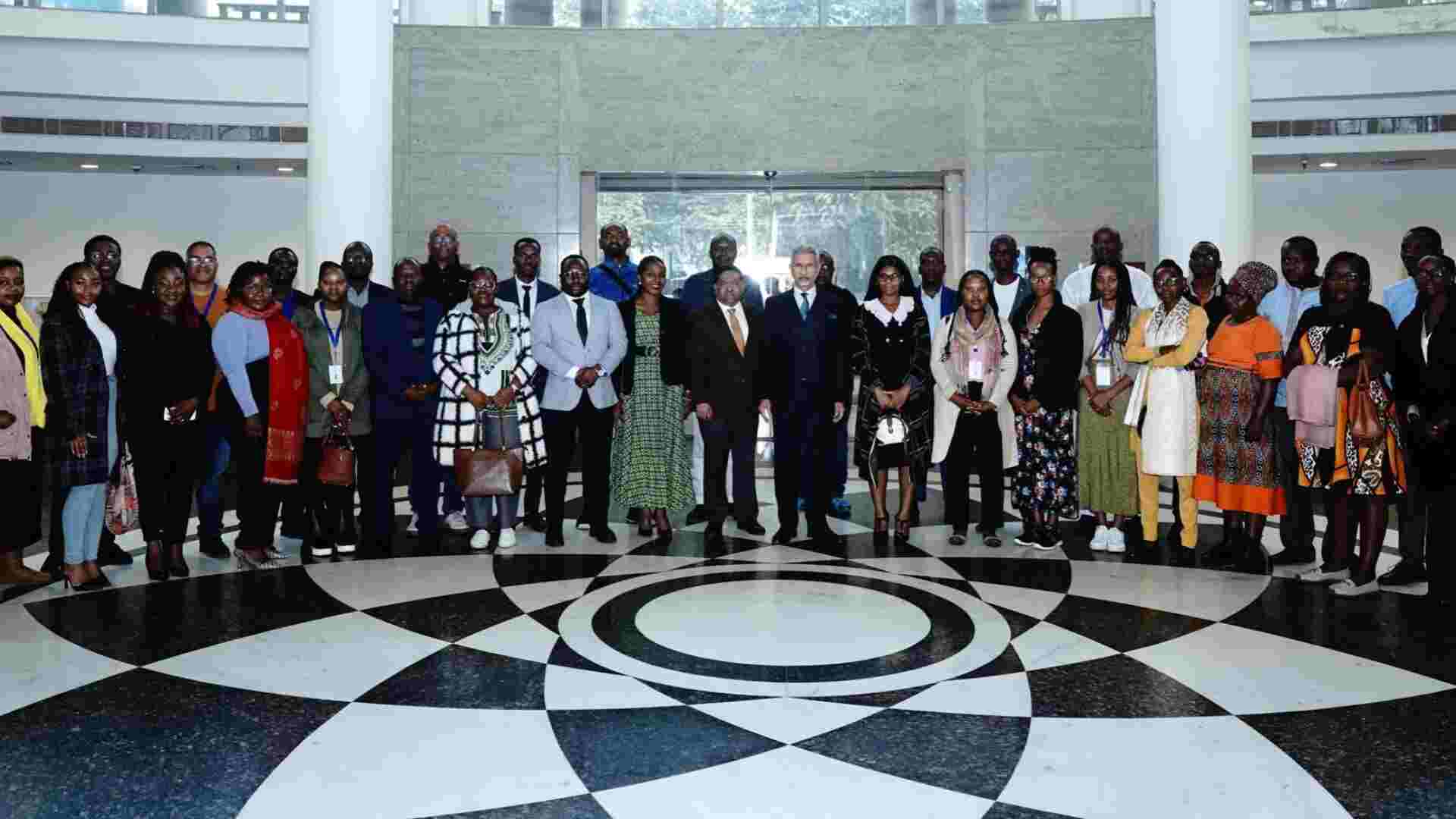
Community-led conservation initiatives play a vital role in addressing environmental challenges while fostering a sense of ownership and responsibility among local populations. As we observe World Conservation Day on July 28, it is essential to recognize the impact of grassroots efforts in preserving natural resources and promoting sustainable practices. This article explores the significance of community-driven conservation and highlights successful examples from around the world.
Community-led conservation refers to initiatives where local communities actively participate in the management and protection of their natural resources. This approach not only empowers communities but also enhances the effectiveness of conservation efforts. By involving locals, these initiatives can leverage traditional knowledge and practices that have been honed over generations.
Community-led conservation is a powerful approach that recognizes the integral role of local communities in environmental stewardship. By prioritizing stakeholder engagement, collaborative decision-making, and equitable compensation, these initiatives can lead to sustainable outcomes that benefit both people and nature. As we continue to face global environmental challenges, supporting community-led conservation efforts is essential for fostering resilience and ensuring the health of our planet.















